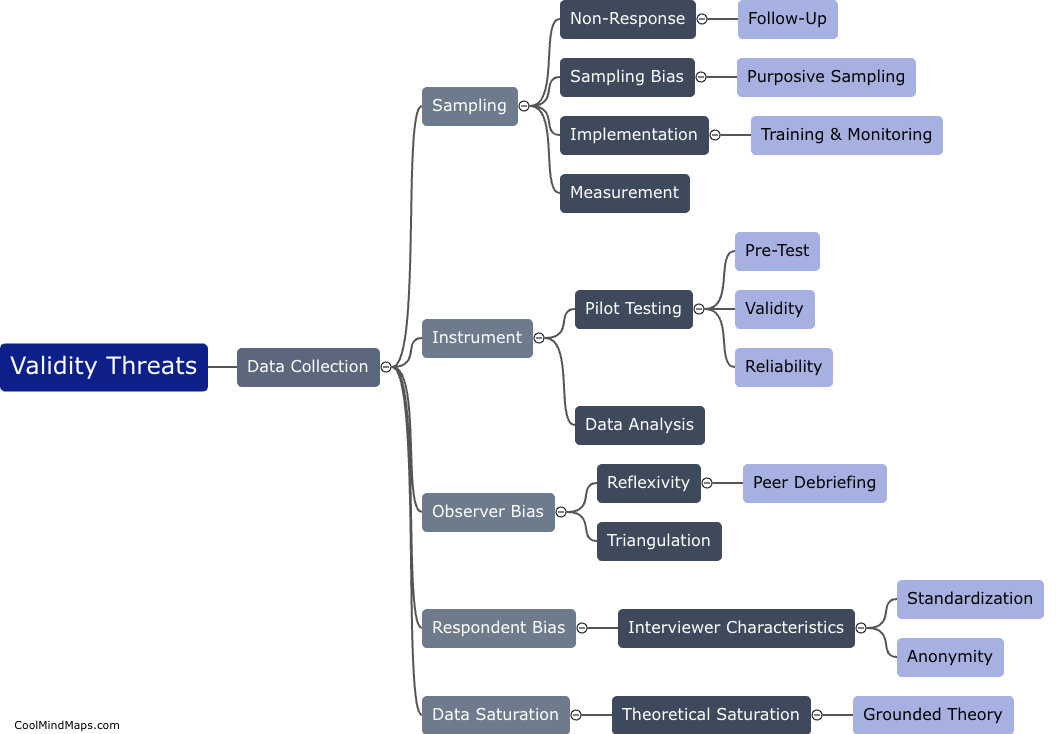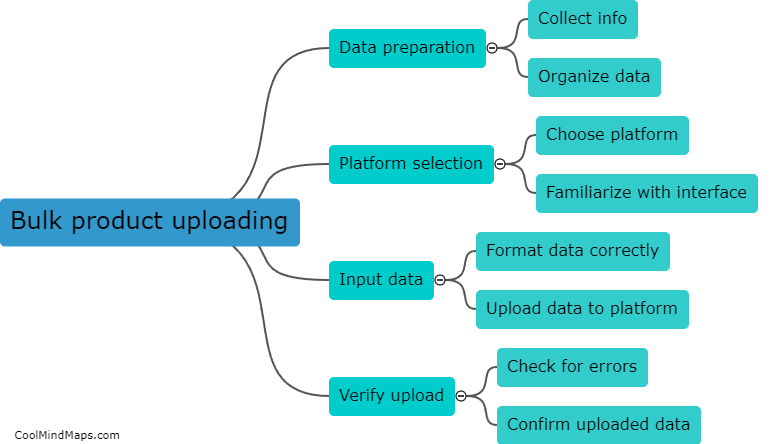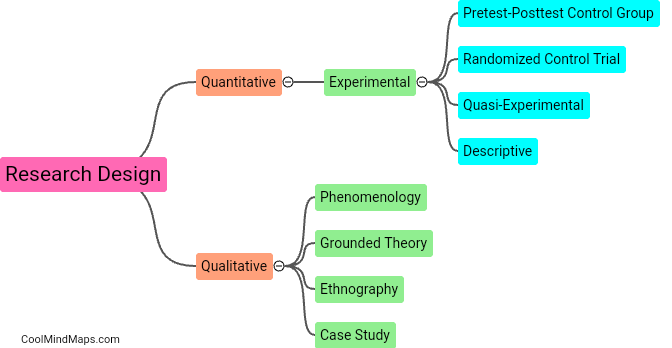What are the main pillars of incident response?
The main pillars of incident response are preparation, detection, containment, eradication, and recovery. Preparation involves developing incident response plans, conducting trainings and exercises, and implementing security controls to prevent and mitigate incidents. Detection entails monitoring networks and systems for any signs of an incident, such as unusual activity or unauthorized access. Containment involves isolating affected systems to prevent further damage and limit the spread of the incident. Eradication focuses on identifying the root cause of the incident, removing any malicious presence, and restoring affected systems to their normal state. Finally, recovery involves restoring operations, learning from the incident, and implementing improvements to prevent future incidents. These pillars collectively form a comprehensive incident response framework that ensures organizations can effectively respond to and recover from security incidents.

This mind map was published on 5 February 2024 and has been viewed 105 times.











